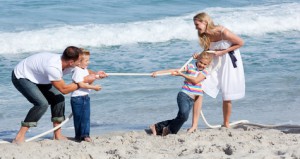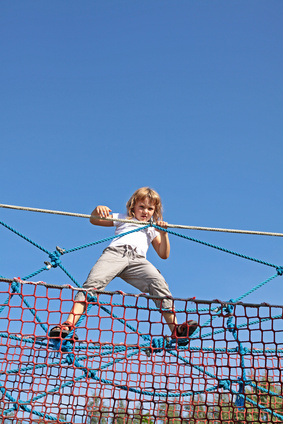When my wife and I had children, no one told me how difficult it would be to let them go, especially as they left home. No one told me the emotional challenge inherent in allowing them to leave home and begin their independent, adult journey through life. The first person I heard talk about the struggle of letting go was Kevin Lehman. In fact, he may have been the only one I have ever heard talk about this. (You can view it here.) I have a friend with similar age children. He who compared the children leaving home to a death. I compared it to breaking off a long-term relationship, an engagement. I found that out by experience, but no one told me it would be so challenging, so difficult. It’s filled with mixed emotions—pride, sorrow, joy, longing…. And, as Kevin Lehman explains, it is a challenge for our children as well. No one told me that either.
Don’t get me wrong. It may prove challenging to let our children go, but it is also necessary and rewarding. Which brings me to a second thing that no one told me. I learned this lesson recently. My wife and I have had several friends and even some family members pass away over the last couple of years. Recently, a friend of mine passed away. When my daughters heard, they contacted us to offer support and comfort. They made themselves available to us. They offered support and a listening ear. They chose to be present in our lives during a time of need. No one told me that would happen. No one told me that one day after the children have “left home” they would return to offer support and comfort, to be a present help in our lives. Maybe I should have known…but no one told me.
Those two things go together, don’t they? Our children have to leave home to become independent adults. The transition of a child into adult life happens more smoothly for those whose parents have nurtured a positive, loving relationship with them. The security of that parent-child relationship emboldens a child to move into the world with a greater sense of confidence and agency. The positive, loving relationship nurtured throughout their childhood and teen years also “sticks with them.” It establishes a connection between parent and child that continues to grow and develop. It opens a child’s heart to their parents just as the parents’ heart has been open to their child from the time they were born (and probably even before).
I don’t know if anyone ever told you these two things facets of parenting or not. If not, read through this short blog again. Letting go is challenging…an exciting challenge filled with a whole cocktail of mixed emotions. It’s a moment of sorrow and longing as well as pride and joy. But it doesn’t mark the end of your relationship. It marks a new beginning. That new beginning will fill you with an even greater joy as you discover your children remaining present in your life by their choice and returning the love you have shared with them all their lives.





